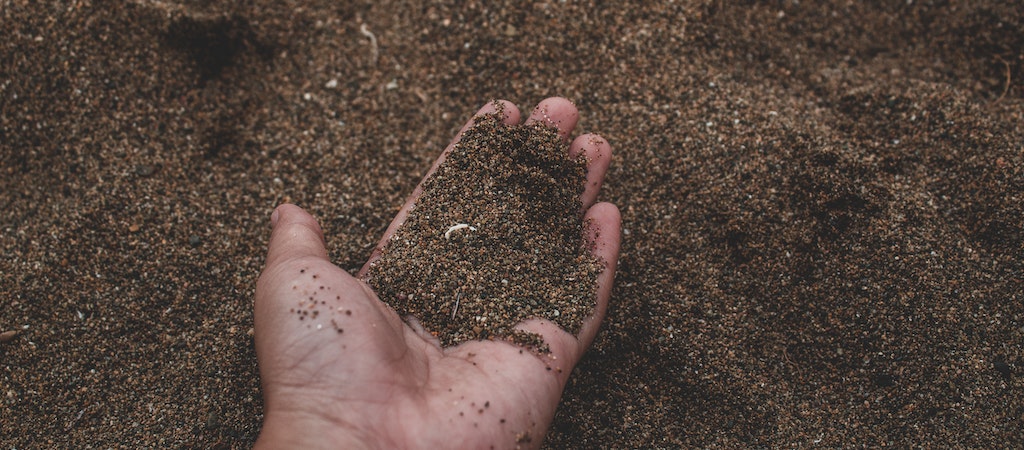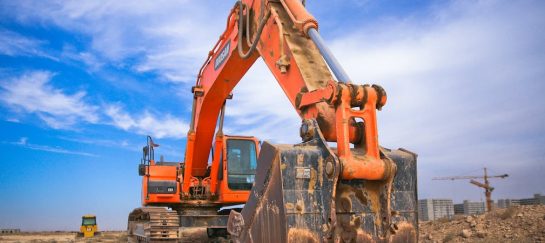
Comparing Different Types of Expansive Soils For Different Applications
Depending on the application, expansive soils can be both a blessing and a curse. On the one hand, they provide stability and workability for construction, landscaping, and engineering projects. Yet these same soils can experience substantial swelling or shrinking in response to moisture fluctuations which risk disrupting foundations, roads, or other structures if not properly managed.
Whether you are an engineer constructing an industrial plant or a homeowner looking to landscape your yard, it is essential to understand the various types of expansive soil you may encounter. In this post, we will compare different types of expansive soils for other applications so that you can make informed decisions about what type of soil is right for your construction needs.
Introducing Expansive Soil and Its Properties
What is shrink-swell soil, anyway? Also known as expansive soil or “problem soil,” this type can cause many issues for homeowners and builders alike. This has the unique property of swelling up when it comes into contact with water, and shrinking back down when it dries out.
This constant expansion and contraction can damage buildings, roads, and other structures. Expansive soil is prevalent in many parts of the world, including the western United States, where it is estimated to affect up to 40% of homes. Homeowners and builders alike must take extra precautions when dealing with this type of soil to avoid costly damage down the line.
Different Types of Expansive Soils and Their Characteristics
Expansive soils are a common geological feature that can lead to unpleasant consequences if not dealt with properly. Several types of expansive soils exist in different regions, each with unique characteristics. Some of the most common types are clay and shale, which have a high water-holding capacity and swell when exposed to moisture.
Another type of expansive soil is bentonite, composed of fine clay particles with a high absorption rate. Lastly, there is an expansive soil called silt, made up of finer particles than clay and has weaker binding properties leading to reduced stability. Knowing your area’s expansive soil type and characteristics is critical to prevent foundation damage and other structural issues.
Comparing Different Types of Expansive Soils for Different
Applications
Expansive soils can create a variety of challenges for construction projects, from foundation failure to distorted pavement surfaces. Choosing the right type of expansive soil for different applications is essential to minimize these risks. Some extensive grounds, like smectite clays, swell dramatically when exposed to water, while others, like kaolinite, only experience mild expansion.
Choosing the right type of soil depends on the project’s specific needs, such as the land’s intended use and the area’s climate. When planning a construction project, carefully considering the type of expansive soil involved can help ensure a successful outcome.
Working With Expansive Soils to Achieve the Desired Effect
Working with expansive soils can be a challenge for any construction project. These types of soils can expand and contract dramatically as moisture levels fluctuate, causing significant damage to the foundation and structure of a building. However, with the right approach and expertise, working with expansive soils to achieve the desired effect is possible. One method is to improve drainage by installing a proper drainage system, which can help to control moisture levels and prevent soil expansion. Another approach is to use deep foundation systems, such as drilled piers or grade beams, to support the structure on more stable soil layers. By taking the time to understand the unique characteristics of expansive soils and implementing strategies to address them, builders and engineers can ensure the success of their construction projects.
Tips for Minimizing Damage Caused by Expansive Soil
When it comes to dealing with expansive soil, prevention is vital. One tip for minimizing damage is to keep the soil moist. Dry soil tends to shrink and crack, exacerbating the effects of expansion when it becomes wet again. Additionally, it’s crucial to protect your home’s foundation from the impact of soil movement.
You can do this by installing proper drainage systems, using deep footings, and avoiding planting trees or shrubs near the foundation. Regular inspections and maintenance can also help catch any issues early on before they become significant problems. By following these tips, you can help minimize the damage caused by expansive soil and protect your home for years.
What to Do If You Already Have Problematic Expansive Soil on Your Property?
Problematic expansive soil can cause significant damage to homes and other structures, and taking immediate action is crucial if you suspect that you have it on your property. To begin with, it’s essential to identify the affected areas by looking for cracks on walls, floors, and pavement and checking the soil’s texture and moisture content.
Additionally, you can hire a professional to perform a soil test to determine the extent of the problem. Once you have identified the problematic areas, the next step is implementing mitigation measures such as installing foundation vents, using moisture barriers and ensuring adequate drainage around your property. Remember, addressing expansive soil issues early on can save you from costly repairs.
All in all, expansive soils are complex and varied. Depending on its intended application, each soil type has potential benefits, from clays to silts and sands. When leveraged correctly and with adequate preparation, expansive soils can open up many possibilities for construction projects. However, it is essential to consider the implications of working with these soils, as improper utilization can lead to various problems and costly repairs.
Understanding and managing expansive soil is integral to ensuring the health and longevity of construction endeavors.
Daily Newsletter
Subscribe to Jebiga for a dose of the best in gear, design, rides, tech and adventure.






